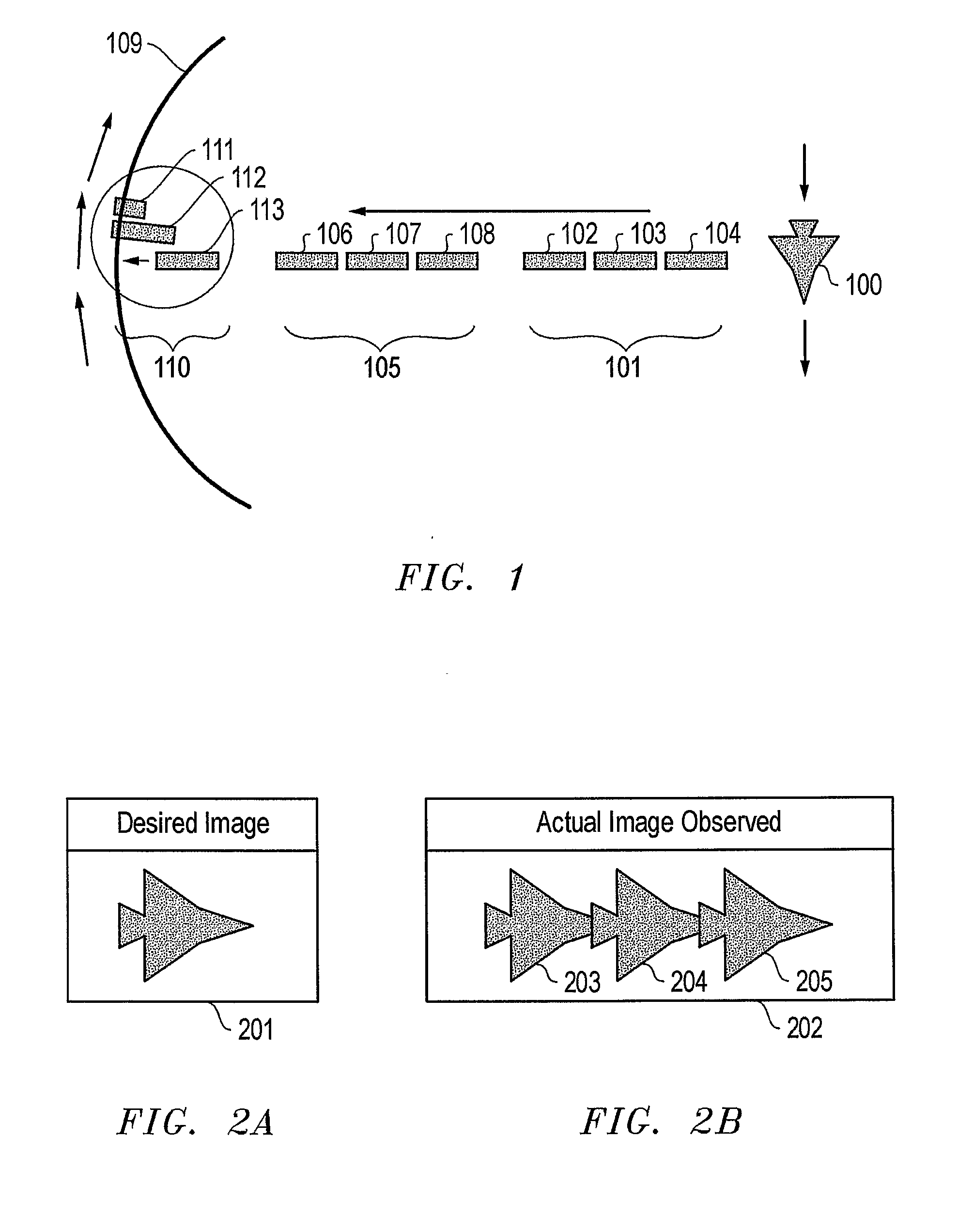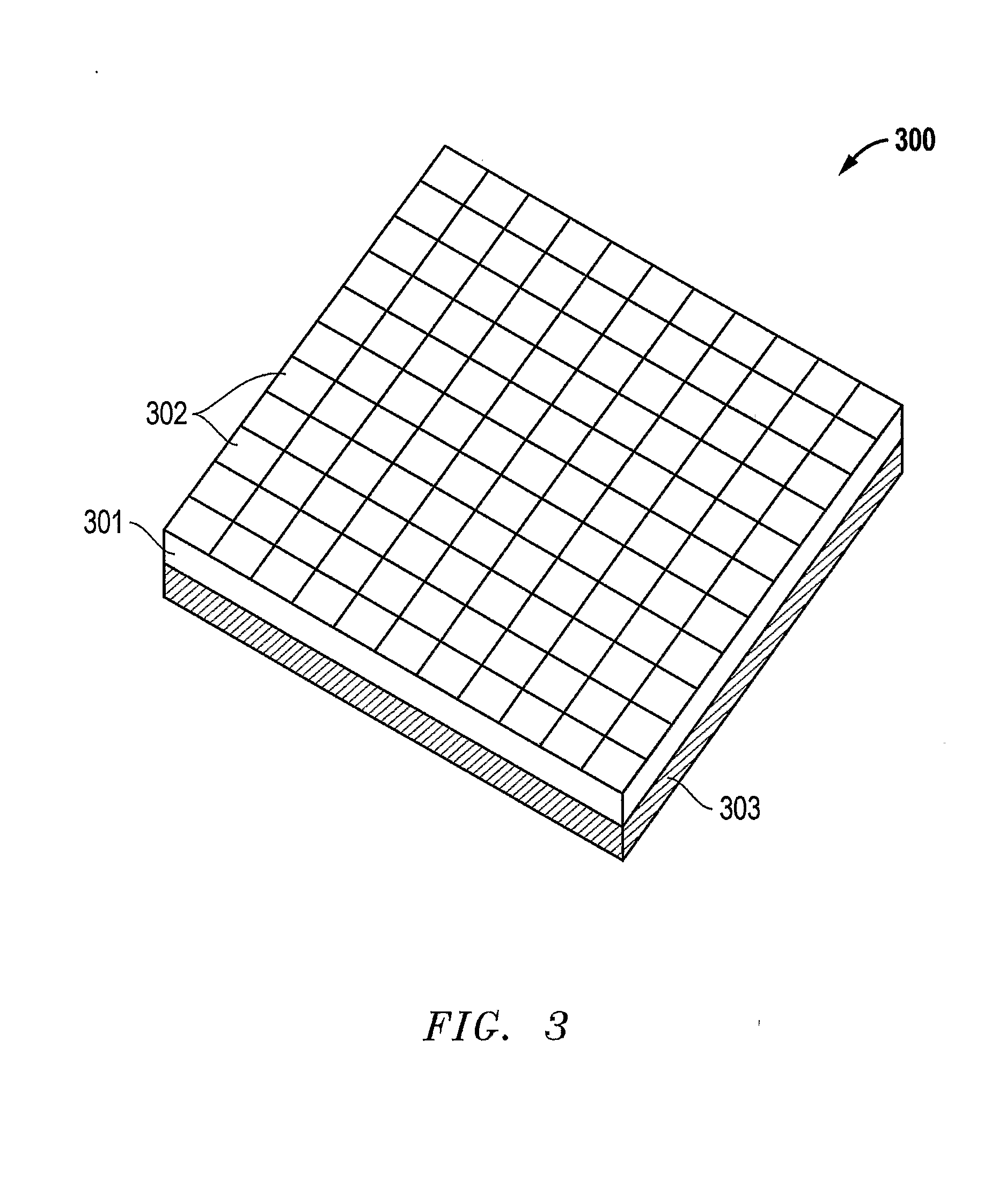Mechanism to Mitigate Color Breakup Artifacts in Field Sequential Color Display Systems
- Summary
- Abstract
- Description
- Claims
- Application Information
AI Technical Summary
Benefits of technology
Problems solved by technology
Method used
Image
Examples
Embodiment Construction
[0039]In the following description, numerous specific details are set forth to provide a thorough understanding of the present invention. However, it will be apparent to those skilled in the art that the present invention may be practiced without such specific details. In other instances, components have been shown in generalized form in order not to obscure the present invention in unnecessary detail. For the most part, details concerning considerations of how a given display using field sequential color generation techniques actually creates and displays images on its surface have been omitted inasmuch as such details are not necessary to obtain a complete understanding of the present invention and, while within the skills of persons of ordinary skill in the relevant art, are not directly relevant to the utility and value provided by the present invention.
[0040]The principles of operation to be disclosed immediately below assume the desirability of removing field sequential color ...
PUM
 Login to View More
Login to View More Abstract
Description
Claims
Application Information
 Login to View More
Login to View More - R&D
- Intellectual Property
- Life Sciences
- Materials
- Tech Scout
- Unparalleled Data Quality
- Higher Quality Content
- 60% Fewer Hallucinations
Browse by: Latest US Patents, China's latest patents, Technical Efficacy Thesaurus, Application Domain, Technology Topic, Popular Technical Reports.
© 2025 PatSnap. All rights reserved.Legal|Privacy policy|Modern Slavery Act Transparency Statement|Sitemap|About US| Contact US: help@patsnap.com



